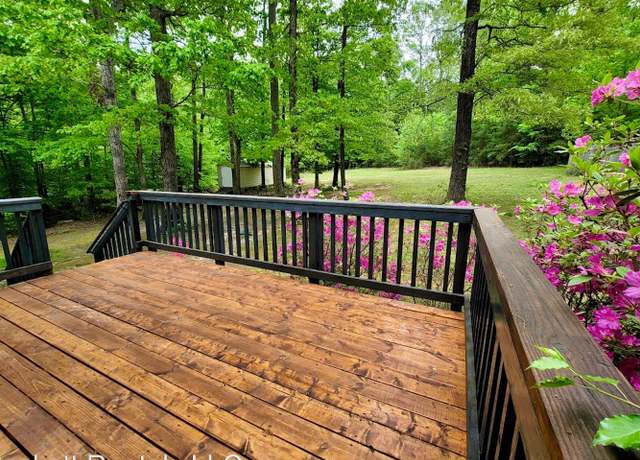

Kinship Butcher & Sundry owners Myles Moody and Rachael Pack Other eateries, such as Morelli’s Gourmet Ice Cream and Farm Burger, have opened nearby. So far, Kinship Butcher & Sundry and Pizza by the Slice have signed on for Goin’ Coastal’s former spot. Kansas says he has fielded more than 600 calls about leasing space. His firm commissioned a mural of a peach tree-conceived by design studio Proper and installed by the Loss Prevention collective-on the side of the building facing the neighborhood’s namesake intersection. “It’s about how businesses complement each other and the neighborhood,” he says. Kansas, whose company is leading preservation of the circa 1925 Va-Hi building, home to longtime favorite Paolo’s Gelato, supports VHD’s mission.
VA HIGHLAND RESTAURANTS MOVIE
“Our goal is to create an itinerary throughout the district, so you have more than one thing to do when you come ,” says Voelpel, who is also helping to spearhead events like movie nights, a porchfest, farmers markets, and food truck Fridays. They changed their name to the Virginia Highland District Association (VHD) and posted a petition to garner support for attracting “some of the best names in retail and dining” to “recharge” the neighborhood. The group started with simple facelifts like new flower planters, but as businesses shut down during the pandemic, they recognized a unique opportunity to reinvigorate the mix of tenants. Sandra Spoon, top right, owns and operates Atkins Park Restaurant & Bar, founded as a deli in 1922.Īrchitectural planner and local resident Katie Voelpel helped launch Beautify VaHi in 2018. Annual events like Summerfest and the winter Tour of Homes remained popular, but the area’s commercial districts began to languish. Longstanding places like Everybody’s Pizza, Goin’ Coastal seafood, Bill Hallman boutique, and Hand in Hand pub closed their doors, while others like Moe’s and Joe’s (founded in 1947), Surin of Thailand (1990), Highland Tap (1989), and La Tavola Trattoria-which replaced Capo’s in 1999-held on.

didn’t have what they wanted and needed, so the community went elsewhere.” “Atlantans wanted current places to go on dates and take their children. “Virginia-Highland just got stale it needed a refresh,” says Gene Kansas, a cultural developer and founder of Gene Kansas Commercial Real Estate. Highland Tap, launched in 1989, is located at the intersection of Virginia and North Highland avenues.

It was hard for the Highlands, with its homegrown mix of landlords and aging sidewalks, to compete. National players like Jamestown, which developed Ponce City Market, moved in along the polished new Atlanta BeltLine. It was the place to be.”īut during the past 10 years, as Inman Park, Old Fourth Ward, and other communities have been revitalized, competition for businesses and consumers has increased. “Virginia-Highland always had this small-town feel,” says Murphy. Featuring bungalows built close to lot lines and a diversity of dining and shopping establishments, it boasted a vibrancy that attracted a new generation of young professionals and families. In the 1980s and ’90s, the area helped inspire a new appreciation for Atlanta’s walkable, urban communities. Virginia-Highland actually encompasses more than a dozen original neighborhoods developed during the early 1900s along the city’s Nine-Mile Circle trolley line. They really put their heart and soul into it, making it fun, intimate, accessible, and tasty.” Tom Murphy’s iconic restaurant has anchored the district for more than three decades.urph “What I loved about the area was that all the operators were single-unit operators like me,” Murphy says. Down the street, at the Dessert Place, cofounders Sheryl Meddin and Bennett Frisch baked moist carrot cake and addictive cheesecake brownies. Longtime Atlantans may remember Capo’s owner John Capozzoli roaming the dining room-occasionally with a joint tucked behind his ear-stopping to chat with regulars as they feasted on fettuccine Alfredo and his signature chicken diablo.


 0 kommentar(er)
0 kommentar(er)
